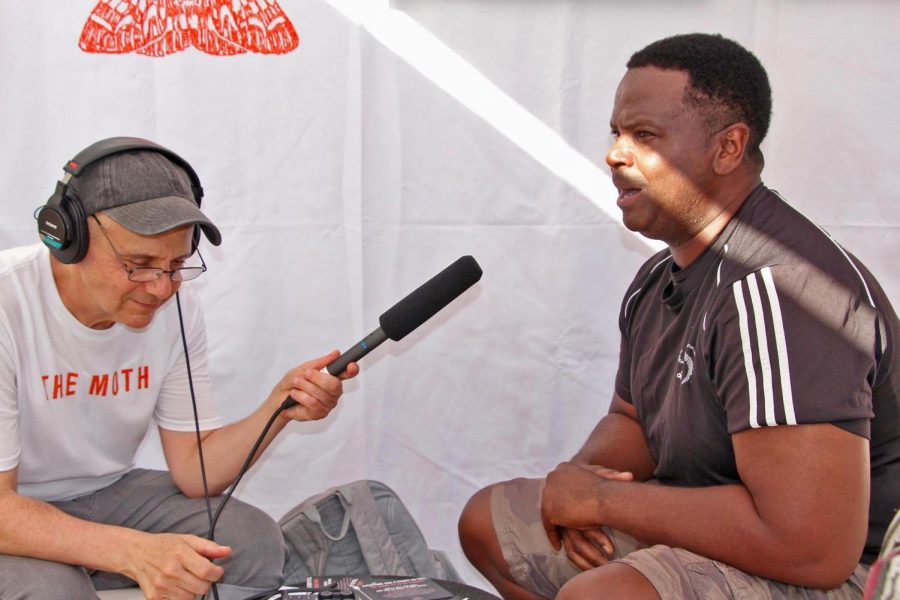“The Moth” Shares Raw Human Experiences
The podcast “The Moth” releases weekly episodes called “The Moth Radio Hour,” which share a panoply of interesting and diverse stories about lots of different people. (Courtesy of Facebook)
February 19, 2020
“The Moth” is a podcast that appeals to almost everyone.
It features individuals from all walks of life telling stories. Sometimes the stories are scary, sometimes they are sad and sometimes they are funny. Anything goes on “The Moth.”
People tell live stories on Moth events, with no notes, in front of crowds of strangers in cities all over the world. These events started in 1997, and in 2008 the organization decided to make a podcast featuring their favorite stories.
An episode of “The Moth,” called “The Moth Radio Hour,” is released weekly. They usually feature four to five stories. Sometimes they all have a similar theme, and other times they are a random assortment, but without fail they always make you laugh, cry or smile.
The stories in the podcast tackle massive issues like addiction, racism and domestic violence, just to name a few. The podcast is organized in an accessible way because after a very sad story you will usually hear an uplifting or funny one. Since there is such a massive variety of stories, “The Moth” appeals to pretty much every type of person: young or old, male or female.
I can vividly remember some of the stories that I have heard on the podcast, and they genuinely impacted the way I live my life. For example, one of my favorite stories was one told by Sofija Stovanic. The story takes place when she was 5 years old at a Singapore airport. Her family was fleeing socialist Yugoslavia to start a new life in Australia in fear of impending war.
Stovanic describes how sad and scared she was to leave her life in Yugoslavia, but how all that changed when she was introduced to the world of capitalism in a Singapore airport during a layover. Stovanic quickly became fascinated by an advertisement for one of those fuzzy worms that you can move around with an invisible string, and her mother bought it for her.
She explains the excitement and joy she felt having the worm. Her anxiety about starting a new life, in a language she didn’t know, melted away. Years later, she googles the magic fluffy worm and is disappointed to realize the worm is not nearly as wonderful as she remembers, so she calls her mother in distress. Her mom responds that she must be looking at the wrong worm because the worm she got in Singapore was wonderful.
At this moment she realizes how difficult it must have been for her mother too, and how the worm allowed them to see the world as a magical place, not a frightening one. This story really touched me because the storyteller was able to tackle the massive difficulties she and her family faced in a simple, yet heartwarming story.
That was a story that stuck with me, but I can guarantee that everyone will be able to find a story that resonates with them in some way on “The Moth.” The stories are raw, beautiful and encapsulate human nature perfectly.












If you want a picture to show with your comment, go get a gravatar.